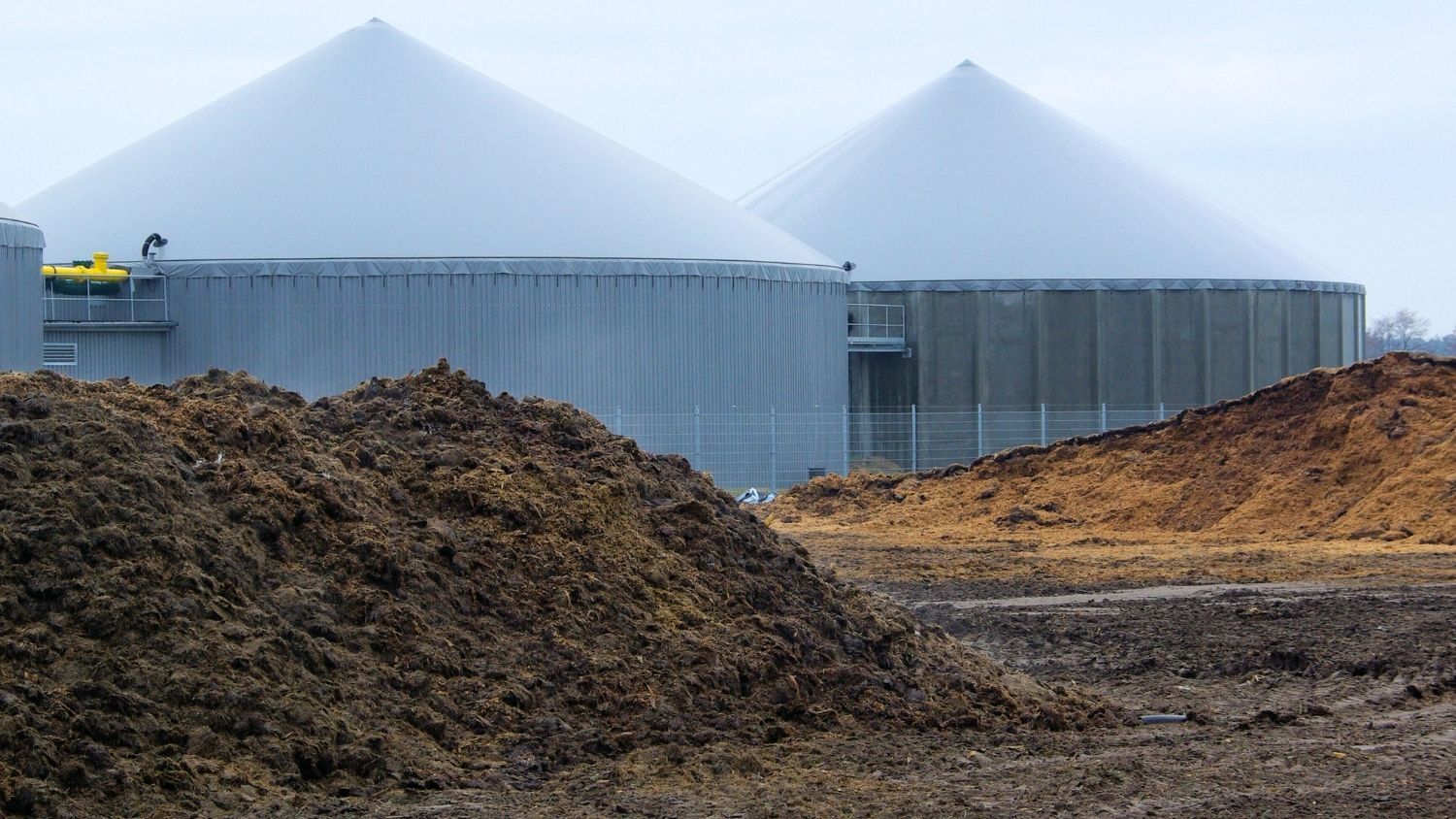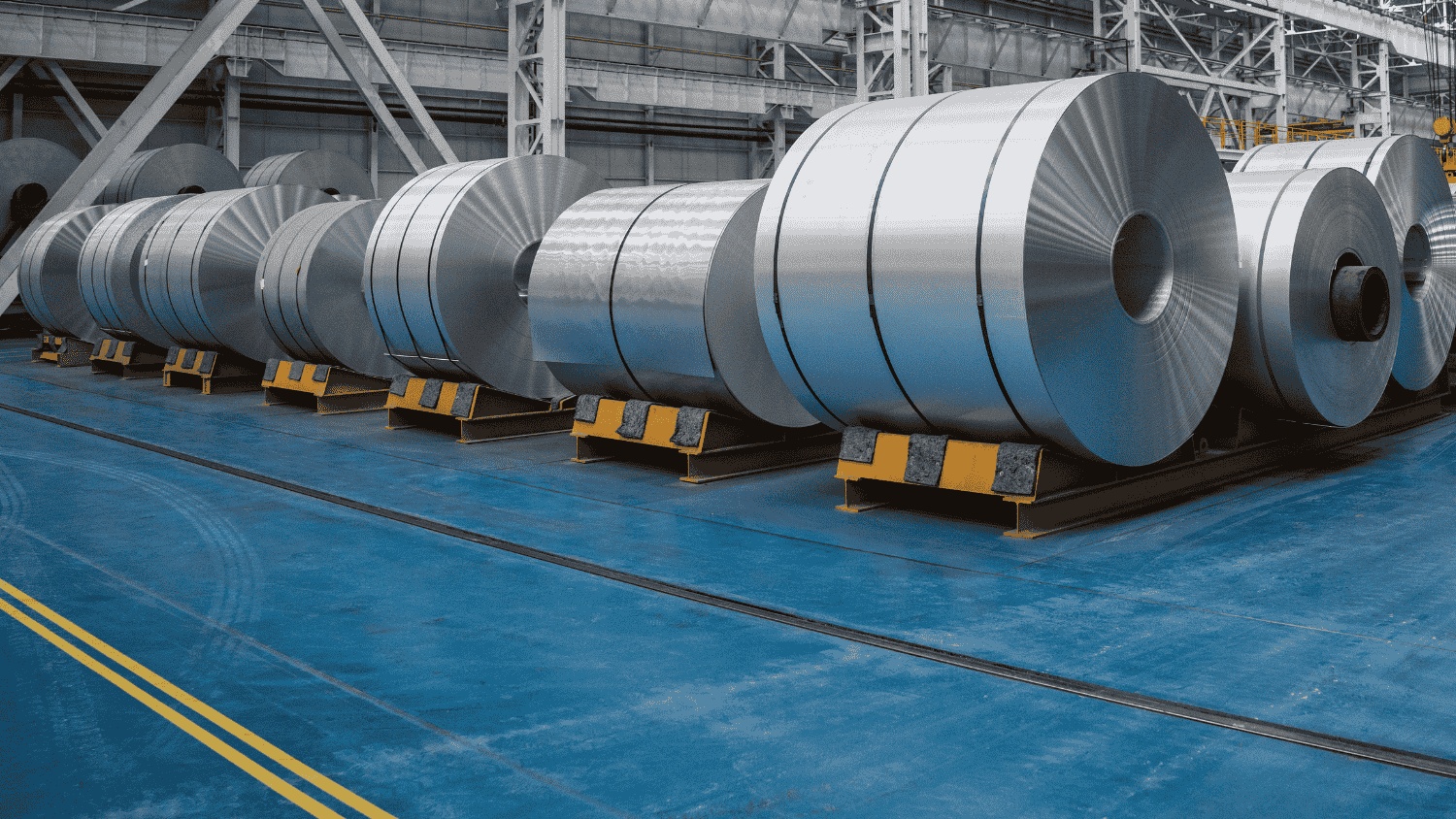Throughout history, humanity has faced environmental challenges, each of which has provided valuable insights into our quest for sustainable coexistence with the planet. These environmental challenges have given us hints to tackling new ones. As we face the pressing issue of climate change caused by CO2 pollution, we must apply the lessons learned to develop solutions that address the root causes of emissions and reduce their impact. This blog discusses the role of carbon capture technologies in mitigating climate change.
Learning from Past Environmental Challenges
Mankind faces a spectrum of environmental challenges, many of which are directly related to human activity. From the devastation caused by acid rain and the hole in the ozone layer to the ubiquitous presence of plastic pollution in the oceans and the ongoing crisis of climate change caused by CO2 emissions, these issues highlight the impact of human actions on the planet.
Acid rain, caused primarily by emissions of sulfur dioxide and nitrogen oxides, has been mitigated through a combination of regulatory enforcement and reductions in emissions of the chemicals that cause it. Regulations limit emissions by issuing allowances to power plants or companies, while further reductions are achieved through the use of scrubbers to capture sulfur and nitrogen compounds before they are released into the air. The use of catalytic converters in fossil-fuel vehicles also helps reduce emissions of chemicals that cause acid rain.
The ozone hole issue has also been mitigated and the atmosphere is recovering. Ozone depletion was caused by the use of chlorofluorocarbons (CFCs) in aerosols and refrigerants, which react with ozone and cause it to break down. Similar to the problem of acid rain, the damage to the ozone layer was mitigated by the implementation of the Montreal Protocol, which phased out substances harmful to the ozone layer. In addition, CFCs were replaced with hydrochlorofluorocarbons (HCFCs), which are less reactive with ozone than CFCs.

Ultimately, the key takeaway from past environmental management successes is the importance of proactive and decisive action. By learning from our successes and applying similar strategies to unresolved challenges, we can work toward a more sustainable future. This will require political will, technological innovation, and individual responsibility to make meaningful change.
Tackling Unresolved Challenges
The problem of plastic pollution in our oceans is a pressing environmental issue that requires both prevention and cleanup. To prevent more plastic from entering the oceans, initiatives focus on intercepting plastic waste at river mouths before it reaches the ocean. By using river cleaning technologies and installing barriers like the Interceptor by Ocean Cleanup, we can stop the flow of plastic into our oceans at its source.
Tackling today's unresolved environmental challenges
requires both prevention and cleanup!
In addition, tackling the plastic that is already in the oceans will require innovative solutions on a large scale, such as specialized vessels to collect floating debris. In combination, biodegradable plastics and the development of algae or bacteria that can digest plastics offer promising ways to reduce existing plastic waste. It's crucial to recognize that both prevention and clean-up technologies are essential to address this complex problem, as natural degradation processes alone are too slow to remedy the effects of plastic pollution on marine ecosystems.
Facing Carbon Dioxide Emissions Issues
The issue of CO2-induced global warming is extremely complex due to its multifaceted nature and global scale. CO2 is a ubiquitous greenhouse gas emitted by a variety of human activities, including fossil fuel combustion, deforestation, and industrial processes. Once released into the atmosphere, CO2 remains there for decades to centuries, contributing to a gradual but persistent increase in global temperatures and changes in climate patterns.
The challenge of reducing CO2 emissions and mitigating climate change requires a dual approach, much like the challenge of ocean plastic pollution. Just as preventing new plastic from entering the oceans is critical, stopping new CO2 emissions through technologies like post-combustion carbon capture (PCC) is essential to curbing the ongoing impact of greenhouse gas emissions. PCC focuses on capturing CO2 at its source, such as industrial processes and power plants, before it enters the atmosphere.
In PCC systems, flue gas containing CO2 is fed into contactors where it comes into contact with sorbents or solvents, such as aqueous solutions of amines. These selectively remove CO2 from the flue gas before the gas is released into the atmosphere. Further information on PCC can be found here. PCC technology plays a critical role in reducing CO2 emissions from stationary sources and is an integral part of carbon capture and storage (CCS) strategies to mitigate climate change. Ongoing research is focusing on optimizing PCC systems to improve efficiency, reduce costs and facilitate widespread adoption in industrial applications.
In addition to reducing emissions, Direct Air Capture (DAC) can play a critical role in cleaning up the excess CO2 already in the atmosphere, much like removing plastic from our oceans. DAC technology uses specialized processes to extract CO2 directly from the ambient air, removing the CO2 that has accumulated since the industrial revolution. Since nature alone cannot sufficiently reduce CO2 concentrations at the required rate, DAC provides a critical tool for actively reversing the trend of rising atmospheric CO2 levels. Much like emptying a bathtub after it has been filled, DAC helps rebalance the carbon cycle by supporting natural processes (ocean and land uptake), removing excess CO2, and mitigating the effects of historical emissions.

The DAC process involves pulling in atmospheric air, passing it through filters to remove impurities, and then directing it into contactors containing specialized sorbent materials removing CO2 from the air and thereby reducing atmospheric CO2 levels. Further information on DAC can be found here.
Together, PCC and DAC represent complementary strategies needed to effectively address the complex challenge of reducing atmospheric CO2 concentrations and combating climate change. The complexity of the CO2 global warming issue underscores the urgent need for comprehensive, collaborative, and innovative solutions to mitigate its effects and ensure a sustainable future for our planet.
Innovative Solutions for Carbon Capture: Adsorption Technology
Recent advances in adsorption technology, particularly the use of porous materials such as Metal-Organic Frameworks, hold promise for reducing the energy consumption associated with DAC and PCC. MOFs are highly porous materials with large surface areas, making them ideal for capturing CO2. By exploiting the unique properties of MOFs, researchers have developed innovative carbon capture systems that require less energy to operate than traditional methods such as amine scrubbers.
MOF-based systems offer several advantages, including higher CO2 capture capacities, faster adsorption kinetics, and improved stability under different operating conditions. Additionally, MOFs can be tailored at the molecular level to optimize their performance for specific applications, further enhancing their effectiveness in carbon capture. For instance, the prevailing method for point-source CO₂ capture is Amine Scrubbing. After capture, amine absorbents have to be heated to 120-150°C to regenerate them and release the CO2 captured, which is very energy-intensive, The implementation of MOF-based systems significantly reduces the energy consumption through a more efficient capture process.
As we face the challenge of climate change, it's crucial that we learn the lessons of past environmental challenges. Just as we addressed acid rain and the ozone hole by targeting the sources of pollution, but also finding solutions to reverse damages already made, as plastic in the ocean is addressed, we must prioritize solutions that attend to the root causes of CO2 emissions as well as attending to historically CO2 emissions. DAC and post-combustion carbon capture, coupled with advances in adsorption technology using materials such as MOFs, offer a promising path to a more sustainable future. By investing in PCC and supporting research into innovative carbon capture technologies, we can make significant progress in mitigating climate change and safeguarding the health of our planet for future generations.
For further insight into the world of MOFs, explore our previous blogs and success stories.




